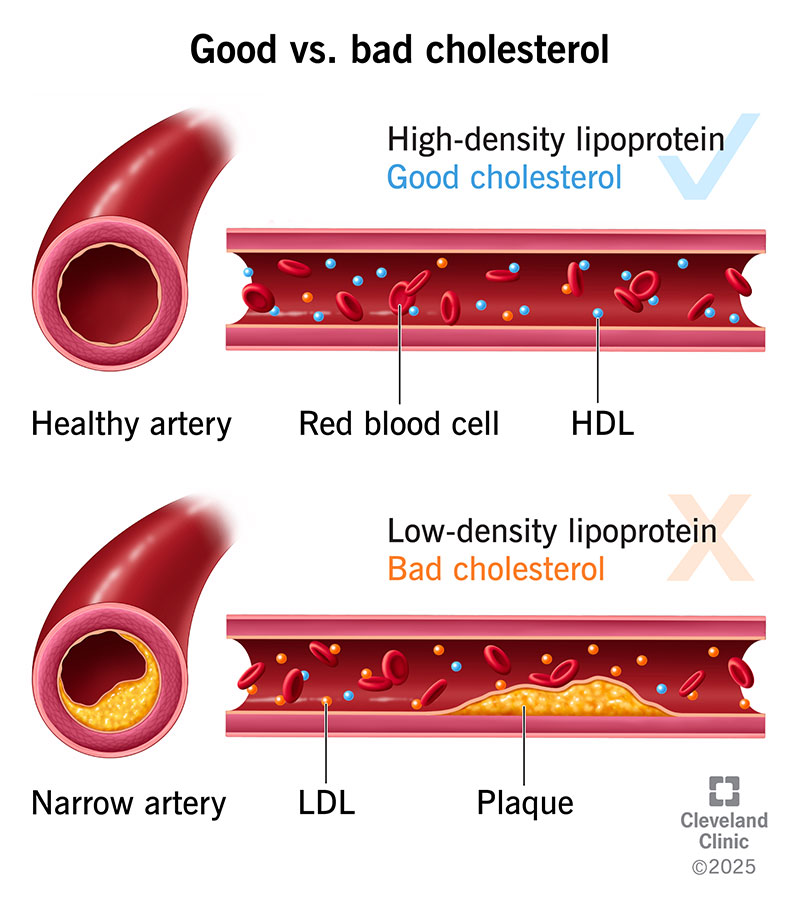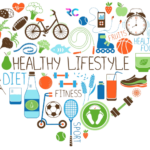
What is Cholesterol: Unraveling the Complex Molecule Crucial to Health
Cholesterol, often associated with health concerns and medical jargon, is a complex molecule that plays a vital role in the human body. It is a lipid, a type of fat-like substance, and despite its often-negative reputation, cholesterol is essential for various physiological processes. In this comprehensive article, we will delve into the world of cholesterol, exploring its structure, functions, types, metabolism, and its intricate relationship with overall health.
Understanding Cholesterol’s Structure
Cholesterol is a sterol, a subgroup of steroids, and its molecular structure consists of a hydrocarbon tail and a unique four-ring structure. This structure is the foundation for various steroids in the body, including hormones like testosterone and estrogen. Cholesterol is not water-soluble, and therefore, it travels through the bloodstream with the assistance of lipoproteins.
Types of Cholesterol
Cholesterol is often divided into two main categories based on the lipoproteins that transport it:
1. Low-Density Lipoprotein (LDL) Cholesterol
LDL cholesterol, often referred to as “bad cholesterol,” carries cholesterol from the liver to cells throughout the body. However, if there is an excess of LDL cholesterol or if it becomes oxidized, it can accumulate on artery walls, contributing to atherosclerosis (the buildup of plaque in arteries).
2. High-Density Lipoprotein (HDL) Cholesterol
HDL cholesterol, often referred to as “good cholesterol,” is responsible for collecting excess cholesterol from cells and arteries and returning it to the liver for processing and elimination. Higher levels of HDL cholesterol are associated with a reduced risk of cardiovascular diseases.
Functions of Cholesterol
Cholesterol is involved in several critical functions within the body:
1. Cell Membrane Structure
Cholesterol is an essential component of cell membranes, where it helps maintain their fluidity and stability. It prevents the fatty acid chains of phospholipids from packing too closely together, allowing cells to function properly.
2. Hormone Production
Cholesterol serves as the precursor for the synthesis of several important hormones, including sex hormones (estrogen, testosterone), adrenal hormones (cortisol, aldosterone), and vitamin D.
3. Bile Acid Synthesis
The liver converts cholesterol into bile acids, which aid in digestion and the absorption of dietary fats and fat-soluble vitamins in the intestines.
4. Myelin Sheath Formation
Cholesterol contributes to the formation of myelin, a protective covering that surrounds nerve fibers. This myelin sheath facilitates efficient nerve signal transmission.
5. Vitamin D Synthesis
Cholesterol in the skin is converted into vitamin D when exposed to ultraviolet B (UVB) sunlight. Vitamin D is essential for bone health, immune function, and various other physiological processes.
Cholesterol Metabolism
Cholesterol metabolism involves a delicate balance between synthesis, absorption, and excretion:
1. Cholesterol Synthesis
The liver is the primary site of cholesterol synthesis. HMG-CoA reductase, an enzyme, plays a central role in this process. The body tightly regulates cholesterol synthesis based on its needs.
2. Dietary Cholesterol
Cholesterol is also obtained from dietary sources, such as animal products. However, the body compensates for dietary intake by reducing endogenous (internally produced) cholesterol synthesis.
3. Cholesterol Absorption
In the intestines, cholesterol from the diet and bile is absorbed. This process is mediated by a protein called NPC1L1. Dietary factors, such as fiber intake, can influence cholesterol absorption.
4. Excretion and Elimination
The body eliminates excess cholesterol through the liver, where it is converted into bile acids and excreted in bile. Bile is then stored in the gallbladder and released into the intestines to aid in fat digestion.
Cholesterol and Health Implications
The intricate relationship between cholesterol and health is multi-faceted:
1. Cardiovascular Health
High levels of LDL cholesterol, especially when oxidized, can contribute to the formation of atherosclerotic plaques, increasing the risk of heart disease and stroke. Elevated HDL cholesterol levels are associated with a reduced risk of cardiovascular events.
2. Cholesterol Imbalances
An imbalance in cholesterol levels, particularly elevated LDL cholesterol and low HDL cholesterol, can increase the risk of atherosclerosis and cardiovascular diseases.
3. Dietary Influences
Saturated and trans fats in the diet can raise LDL cholesterol levels. Conversely, consuming unsaturated fats, such as those found in olive oil and fatty fish, can have a positive impact on cholesterol levels.
4. Medications
Statins and other cholesterol-lowering medications can be prescribed to manage high cholesterol levels and reduce cardiovascular risk. These drugs work by inhibiting the enzyme HMG-CoA reductase, thus reducing cholesterol synthesis.
Conclusion
Cholesterol, often vilified due to its association with cardiovascular diseases, is a multifaceted molecule that is crucial for various bodily functions. From being a building block for cell membranes to serving as the precursor for essential hormones, cholesterol is intricately woven into the fabric of human health. Achieving a balanced cholesterol profile through a combination of healthy dietary choices, regular physical activity, and, when necessary, medical interventions, can contribute to overall well-being and reduce the risk of chronic diseases. Understanding cholesterol’s role empowers individuals to make informed decisions about their lifestyle and healthcare, ultimately paving the way for a healthier future.



